"Only plant what can feed you," a doctor once told me, looking at the dozens of trees surrounding me, he exclaimed, "It's a desert here." This made me think... No matter how big our land is (and even if we only have a roof, a balcony, an exterior wall), it is possible to feed ourselves from our yard. Why not favor a hedge of mulberry trees, blackcurrants? Use our fence as a support for kiwi vines (yes, yes), grow others of edible grapes along our gazebo? Favor an edible lawn with dwarf blueberries, wild tea? Choose a potted apple tree for our balcony. Especially since, when you think about it, fruits are first and foremost flowers!
What is a permaculture project? The creation of a permanent, autonomous intelligent whole whose purpose is to feed, of course, but by following principles where each element, including man, helps each other; where the waste of some becomes food for others and where laziness and non-performance are justified because we plant in such a way as not to get too involved, we let live and if we rarely prune, we leave the green manure in place. I cherish a dream of grandeur for children (www.fondationeden.com), a first permanent fruit and nut garden on half a million square feet near Montreal so that young people can flourish by returning to the earth, so that they learn our connection to it by having fun and caring. The windbreaks are nut trees first, cherry trees second. Intelligent? I think!! Pigs will take care of eating the "bad shoots" and turning over part of the earth to prepare it for planting next year; a miniature fruit forest will welcome the little ones who can already play on a carpet of thyme; not far away, chickens feed on small insects and unwanted larvae while tilling the earth in their own way; I keep the dandelions (which brighten up the flowerbed) to feed the animals or eat in salad; I try to attract birds like deer who clean up what falls to the ground.
The ABCs of planting:
First, it all comes down to cultivar choice . It's essential to know your area and the types of hardy trees that thrive there safely. Contact the Ancestral Nursery. They can answer your questions, saving you the hassle because the right choice allows for strong, healthy (pesticide-free) cultivation.
Plant fruit-bearing trees (shrubs, bushes, vines) from April to mid-May (ideal timing). Keep the top 4 inches of soil in the hole: it is very rich. By turning it over to bring it to root level, it provides good nutrition for the roots while promoting the presence of essential microorganisms.
Common mistakes:
If the tree is grafted (often the case), do not bury the graft point if you want to keep its dwarfing or semi-dwarfing power. For example, if you bought a dwarf apple tree (8 feet at maturity) and you bury its graft point, it could free itself (recreate a second root system) and become very large at maturity (20 feet for example!). We will therefore keep the graft point above the ground so that it remains dwarfed.
From June 1st, no more compost should be added to avoid harming hardening, a crucial stage (in August) during which the plant prepares for winter by strengthening its shell (hardening its new shoots to resist the cold). If the tree is still growing because it was over-fertilized (plant directly in the compost) or fertilized too late in the season, it will not have time to prepare and risks freezing during the winter.
In the year of planting, never allow the plants to produce fruit because they will put all their energy into eventually bearing fruit when they should be strengthening their root system. If you leave the fruit on the plant the first year, the plant could become exhausted, produce little or no root, which could make it less tolerant to drought and stunt its growth.
The possibilities for growing your own fruit trees, both in the city and in the countryside, are endless. For a balcony, a flat roof, or a terrace, almost any fruit tree can be grown: strawberries, raspberries, redcurrants, currants, blackcurrants, kiwis, dwarf or columnar apple trees, peach trees, apricot trees, cherry trees, haskap trees, blueberries, grape vines, etc.
We use Smart Pots : these are thick fabric pots designed for growing fruit (or vegetable) trees in pots. And for those who don't even have a balcony, some models can be hung on the walls. Used for 30 years by professionals, they offer these advantages:
-The fabric allows aeration of the soil and the root system, one of the basic principles of gardening
-Aeration prevents the spiraling of roots observed in conventional pots and which harms the good growth of plants
-In the Smart Pot, when a root reaches the fabric wall, its growth stops and the plant develops new roots. The result: a dense root system rather than a few large roots spiraling along the walls.
-Air circulation prevents overheating observed in conventional pots on hot days, which is harmful to roots and microorganisms.
















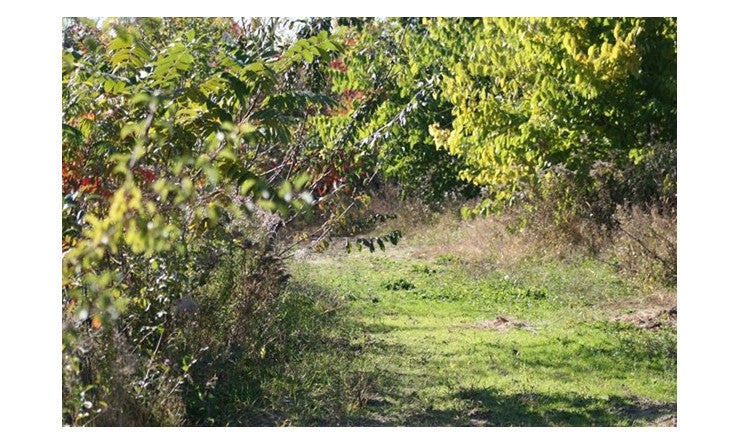
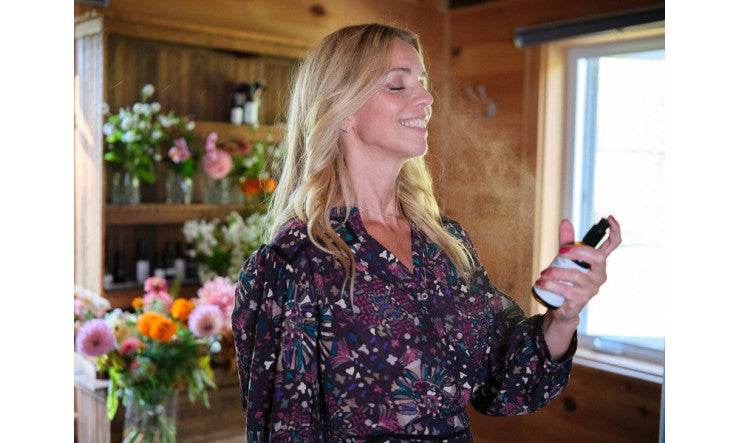






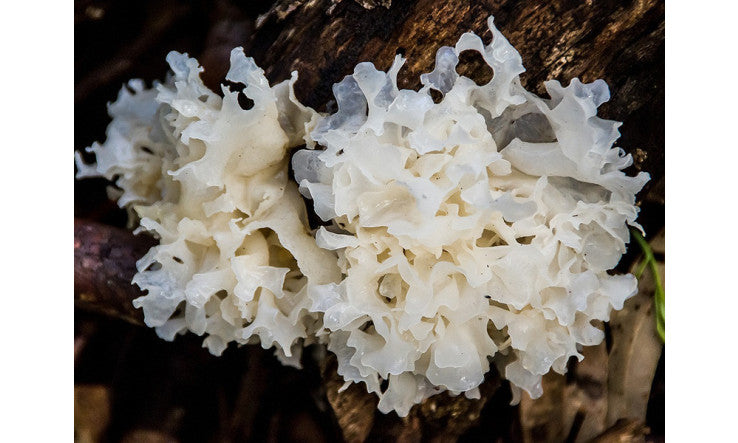
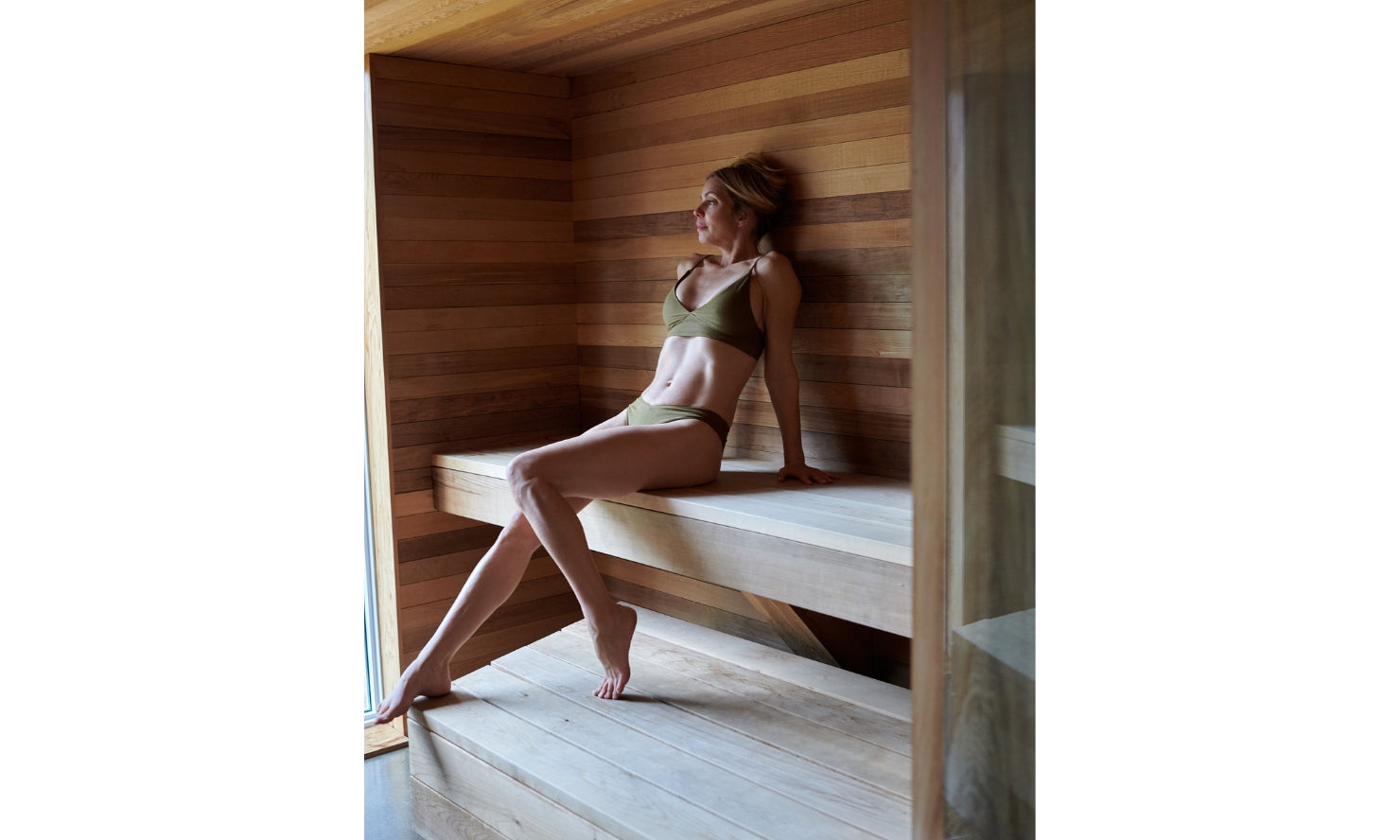







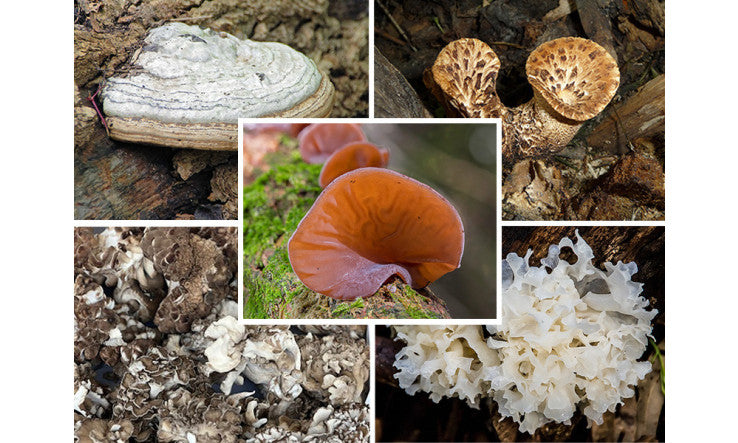














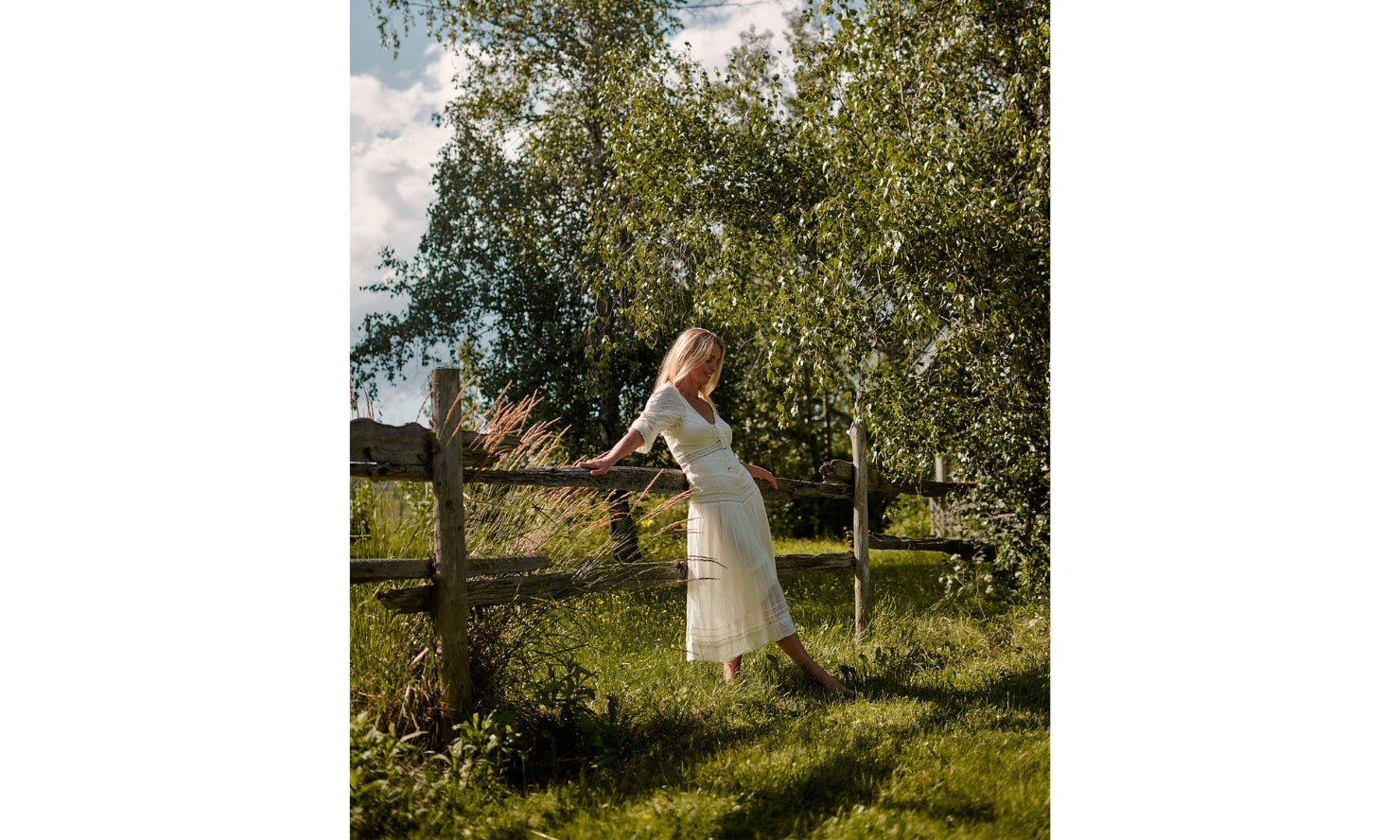
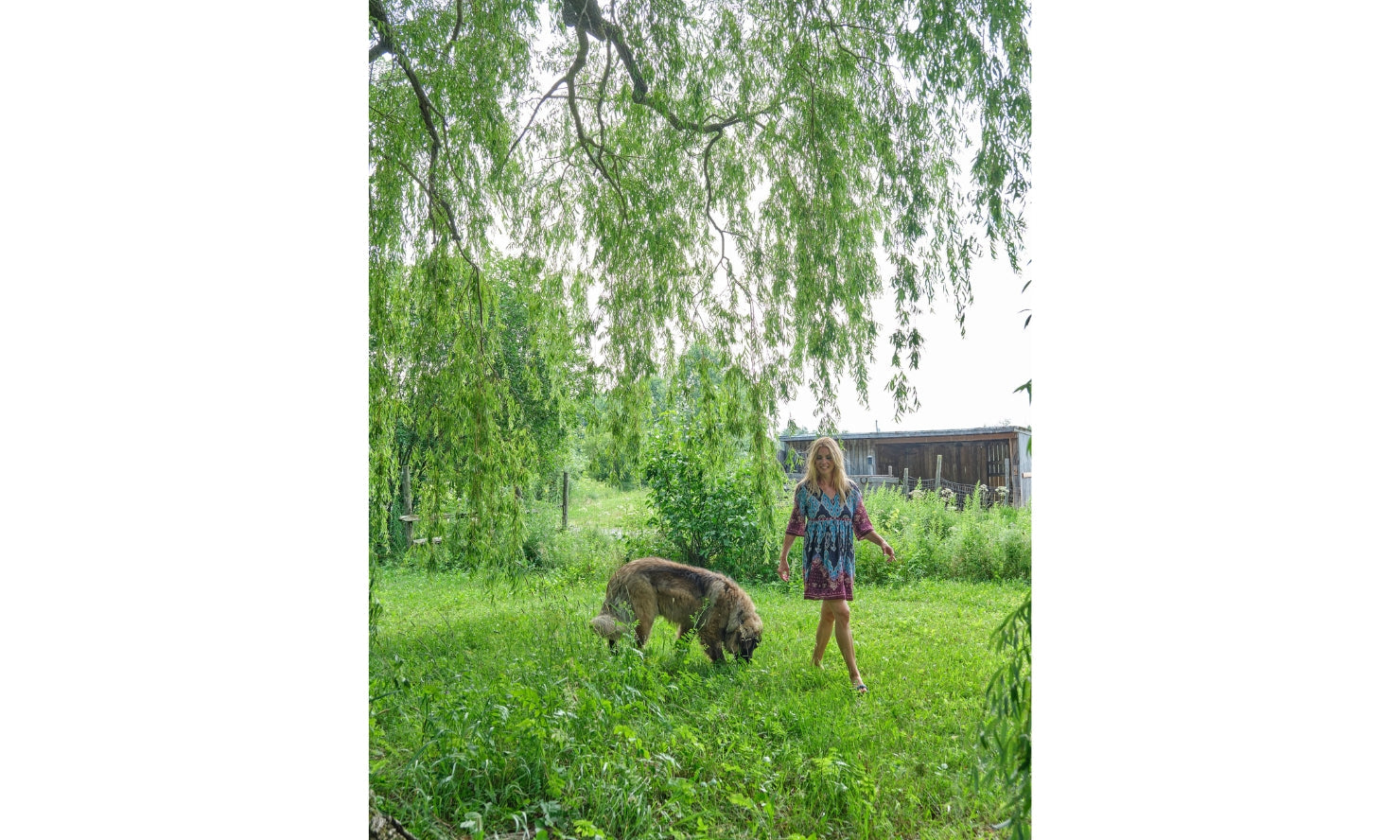

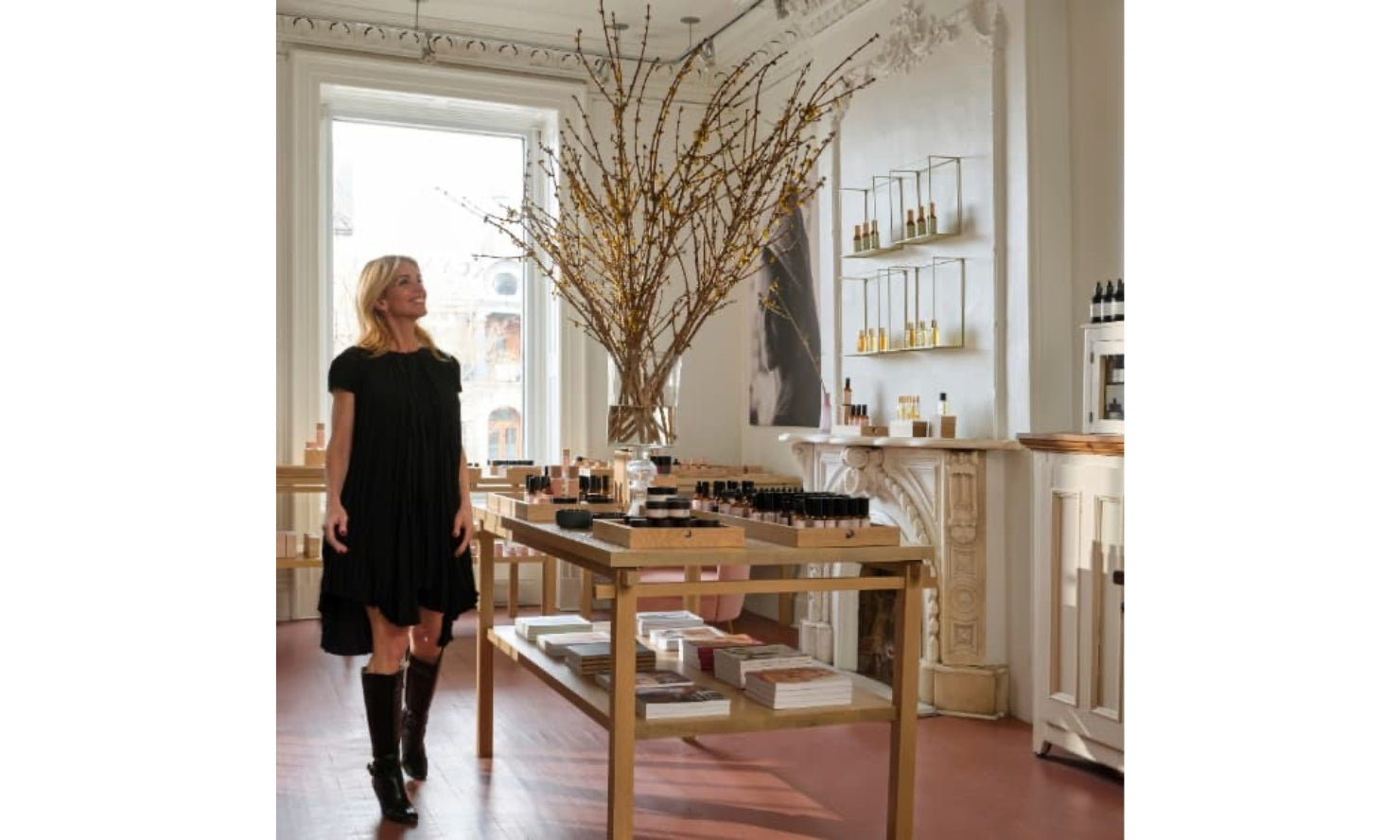
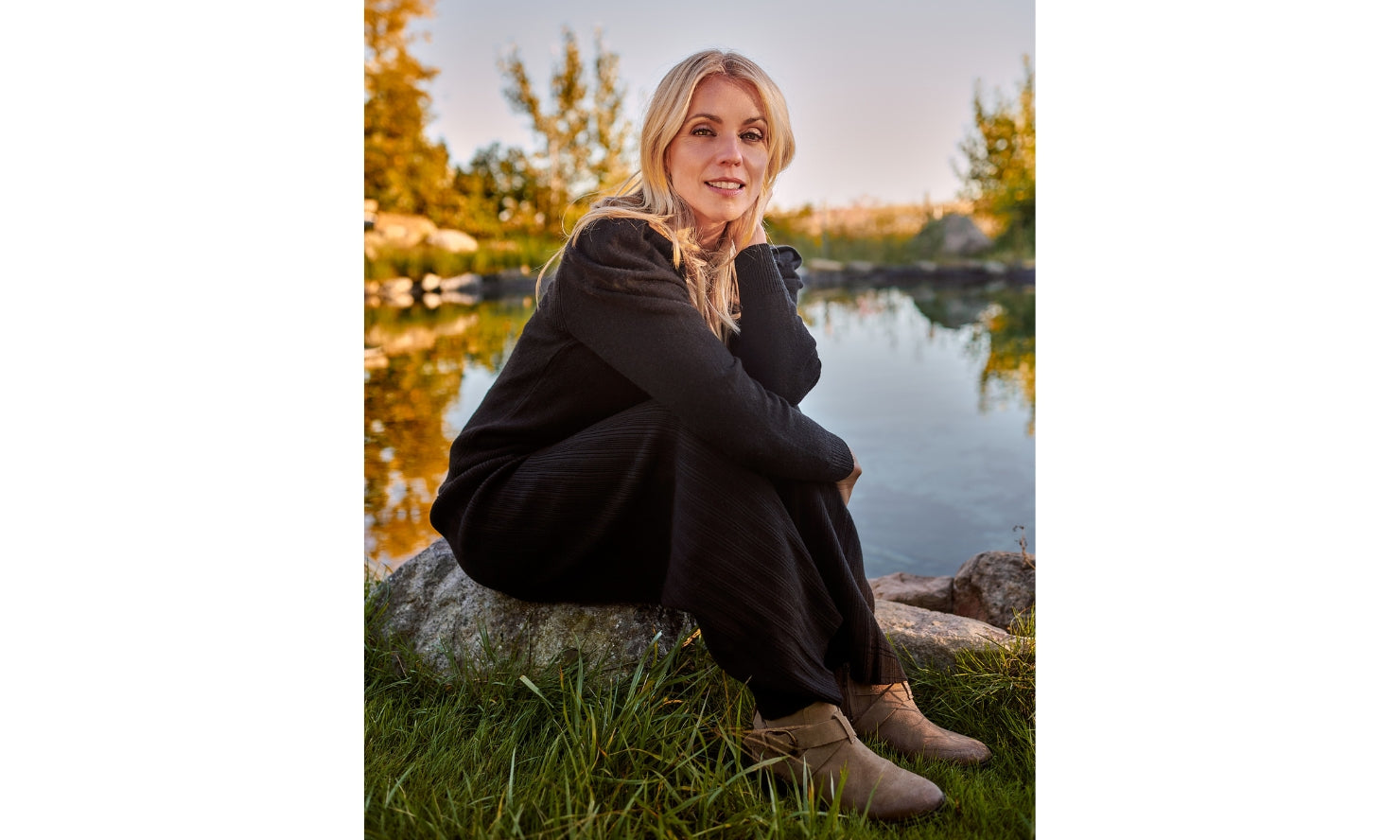
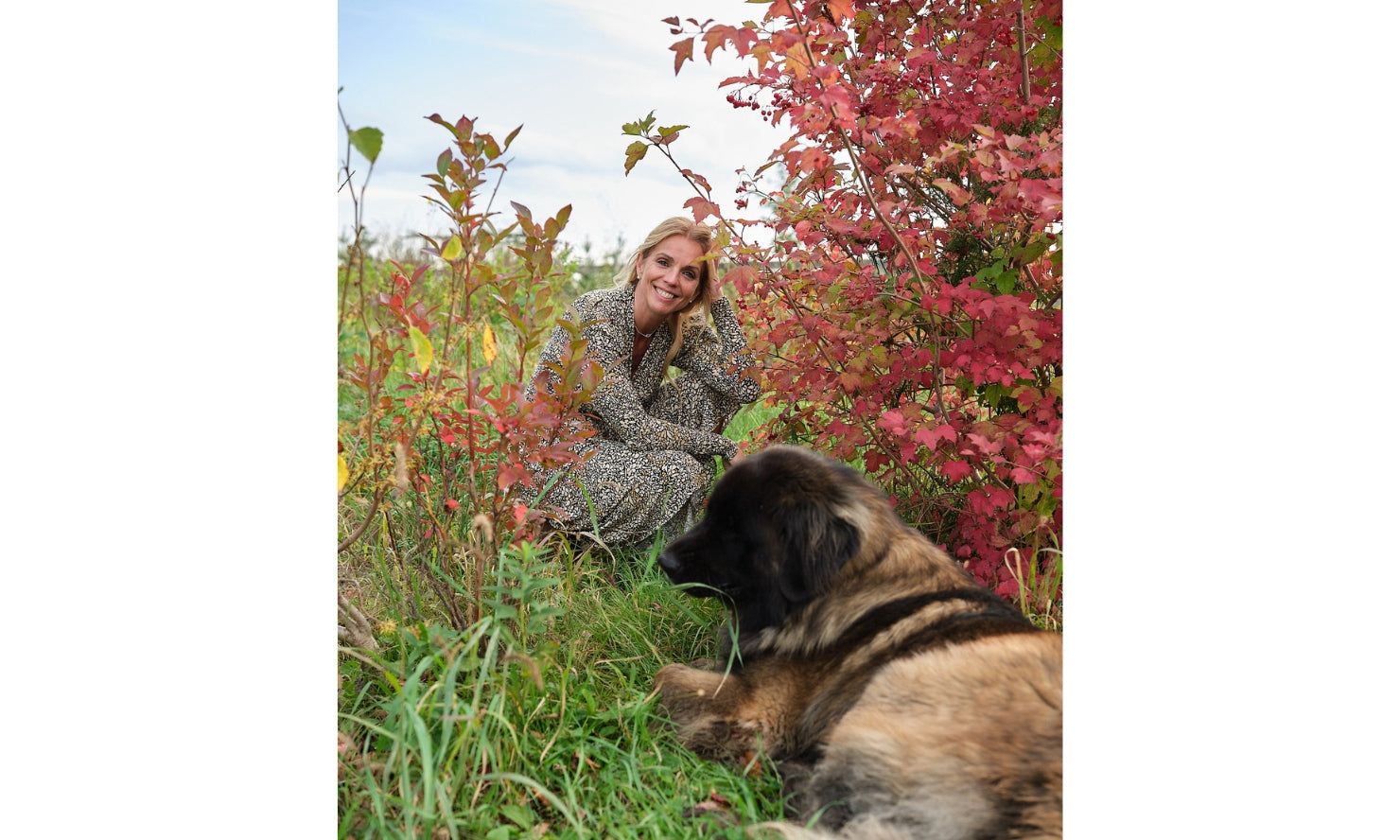
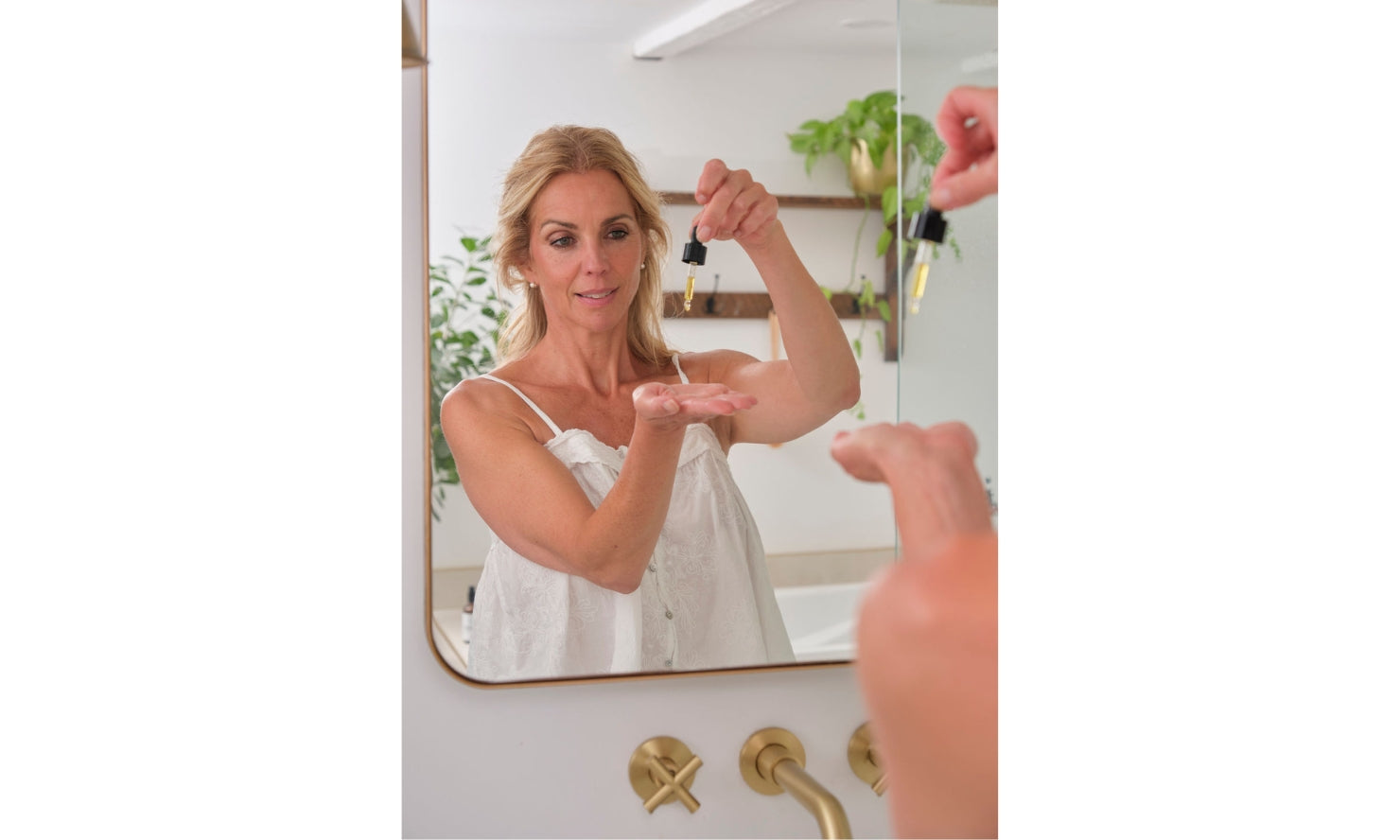
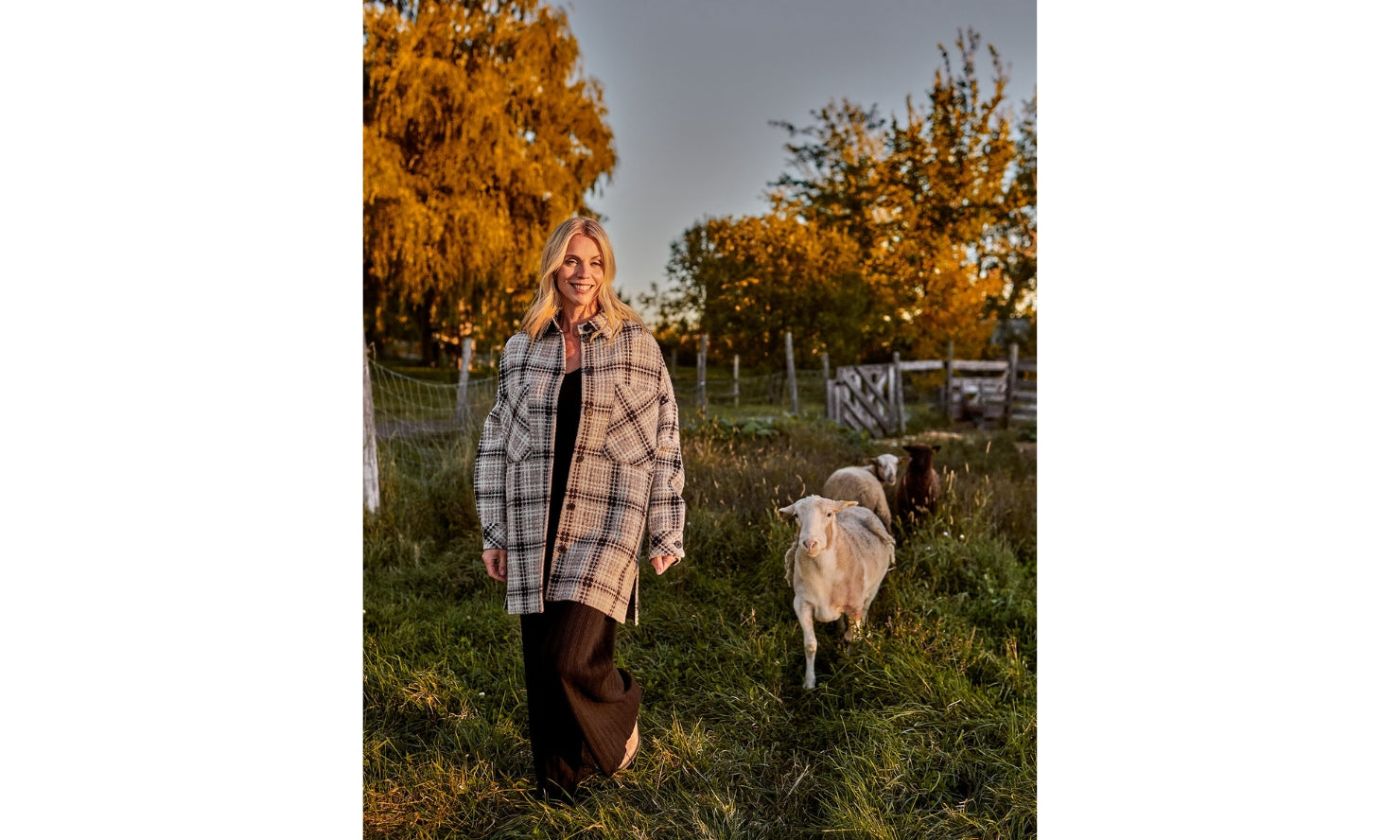
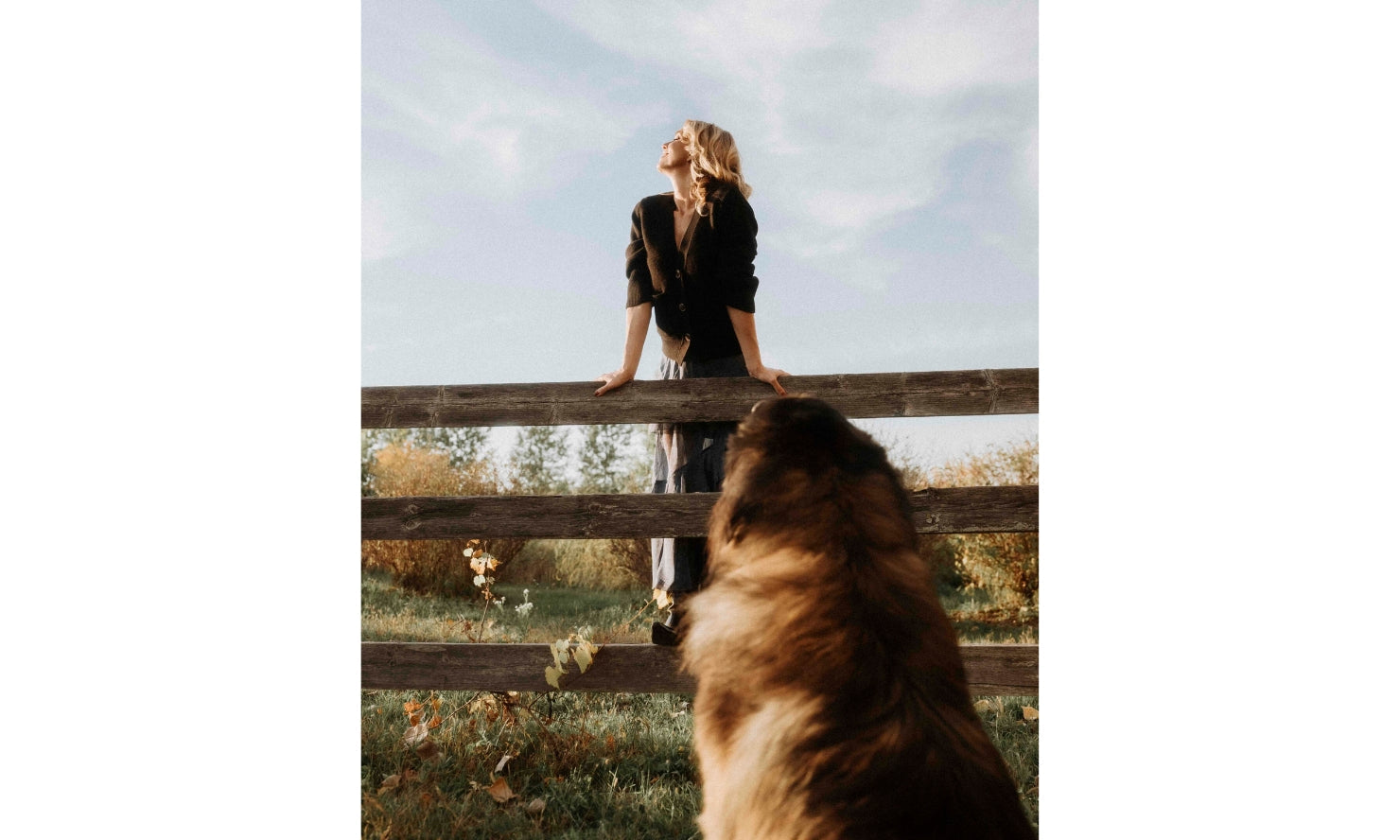
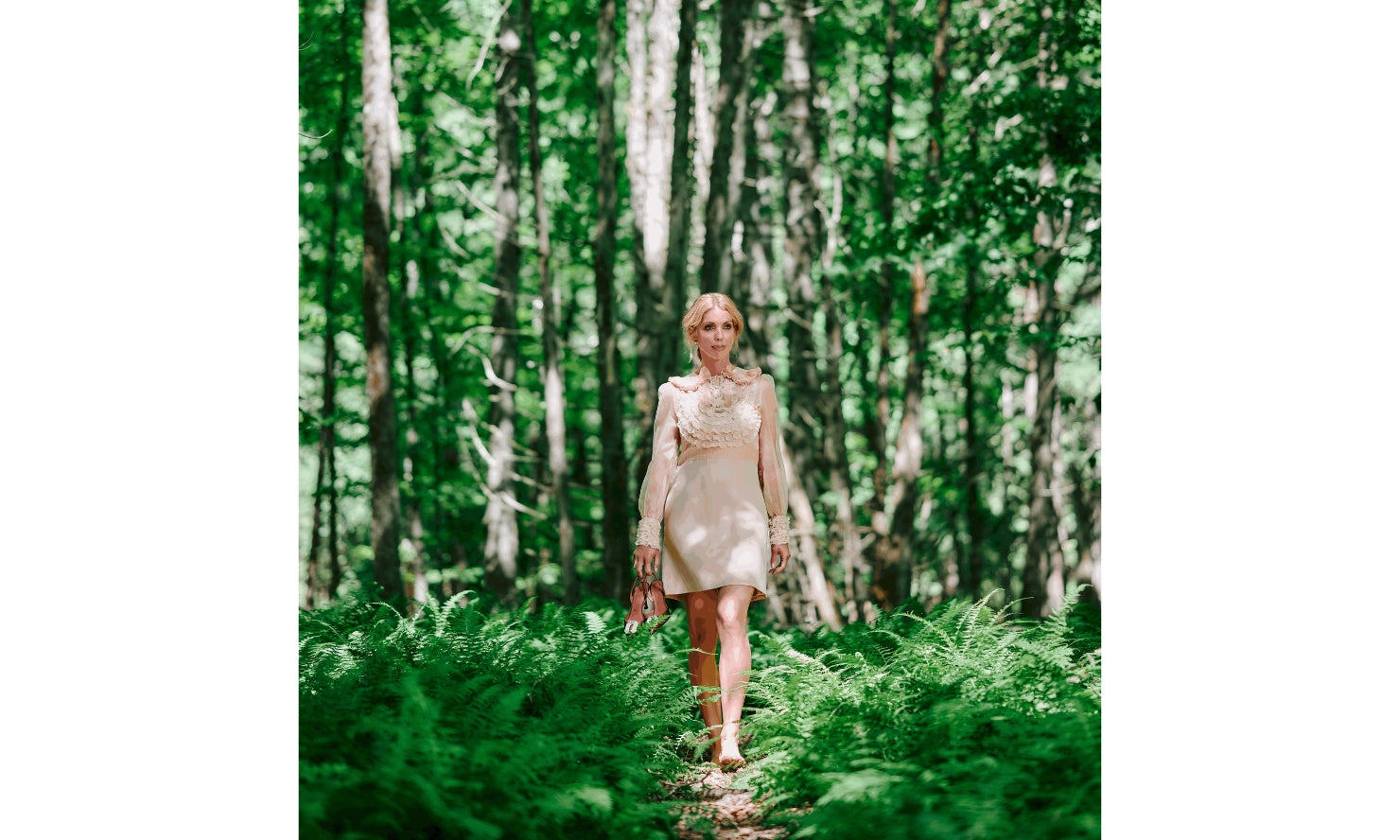








Leave a comment